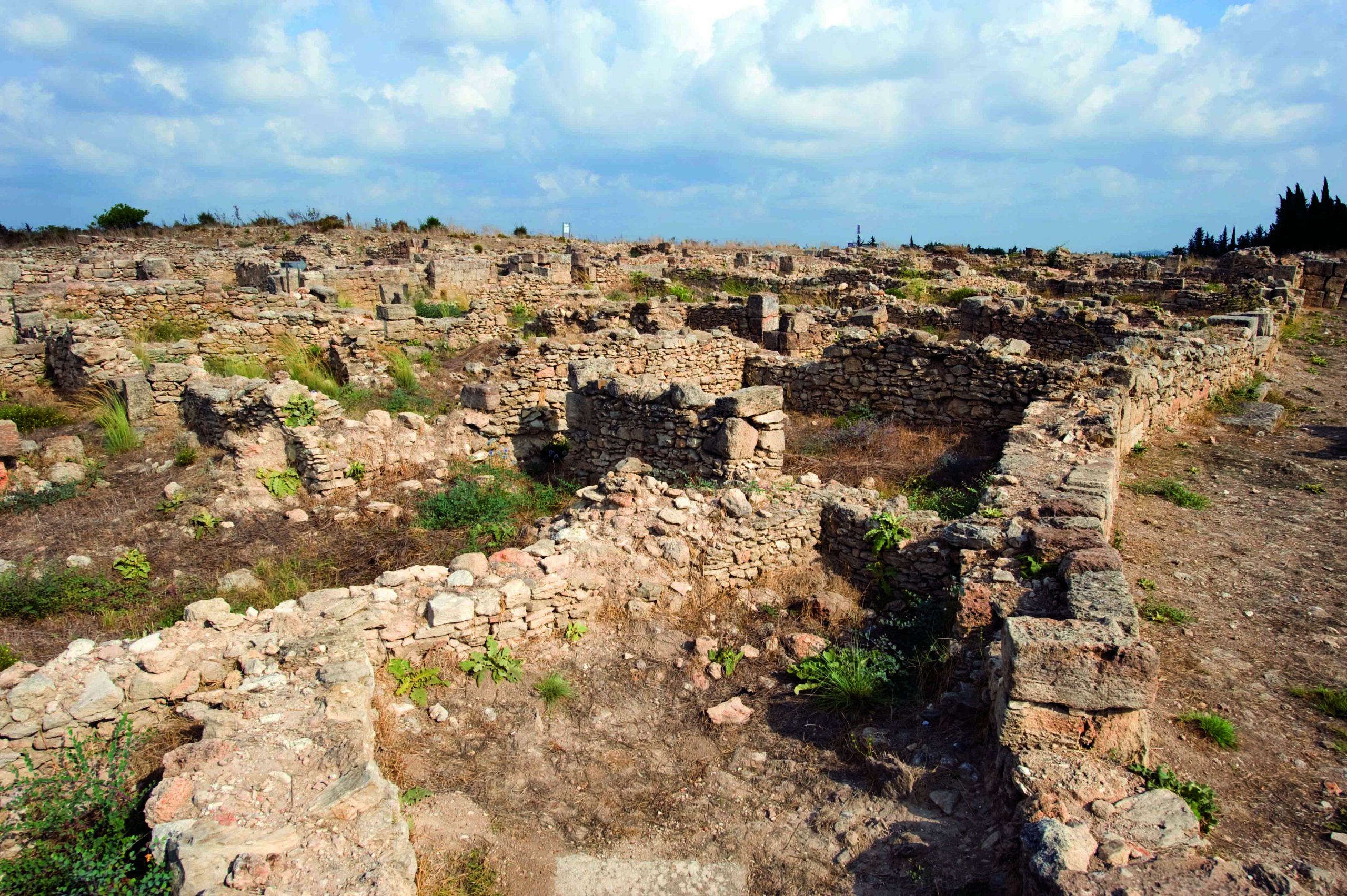UPPSALA, SWEDEN—Science News reports that evolutionary geneticists Maximilian Larena and Mattias Jakobsson of Uppsala University compared ancient DNA from Denisovans and Neanderthals with present-day genetic samples collected from more than 1,000 individuals, including Papua New Guinea highlanders, Indigenous Australians, and those from 118 ethnic groups in the Philippines. The scientists determined that the Ayta Magbukon people of the Philippines inherited about five percent of their DNA from Denisovans. Some 50,000 years ago, modern humans are thought to have arrived in the Philippines, Papua New Guinea, Australia, and Tasmania, where they mixed with Denisovans, who are thought to have arrived in the region some 200,000 years ago, based upon stone tools discovered on the Indonesian island of Sulawesi. “It’s unclear how the different Denisovan groups on the mainland and on Southeast Asian islands were related [to each other] and how genetically diverse they were,” Jakobsson said. The study also found that living Papua New Guinea highlanders, previously thought to carry the largest percentage of Denisovan ancestry, inherited about four percent of their DNA from Denisovans, or about 30 to 40 percent less than the Ayta Magbukon. For more on reconstructing the Denisovan genome, go to "Denisovan DNA."
New Study Tracks Denisovan DNA in Southeast Asian Islands
News August 12, 2021
Recommended Articles

Digs & Discoveries March/April 2023
Closely Knit
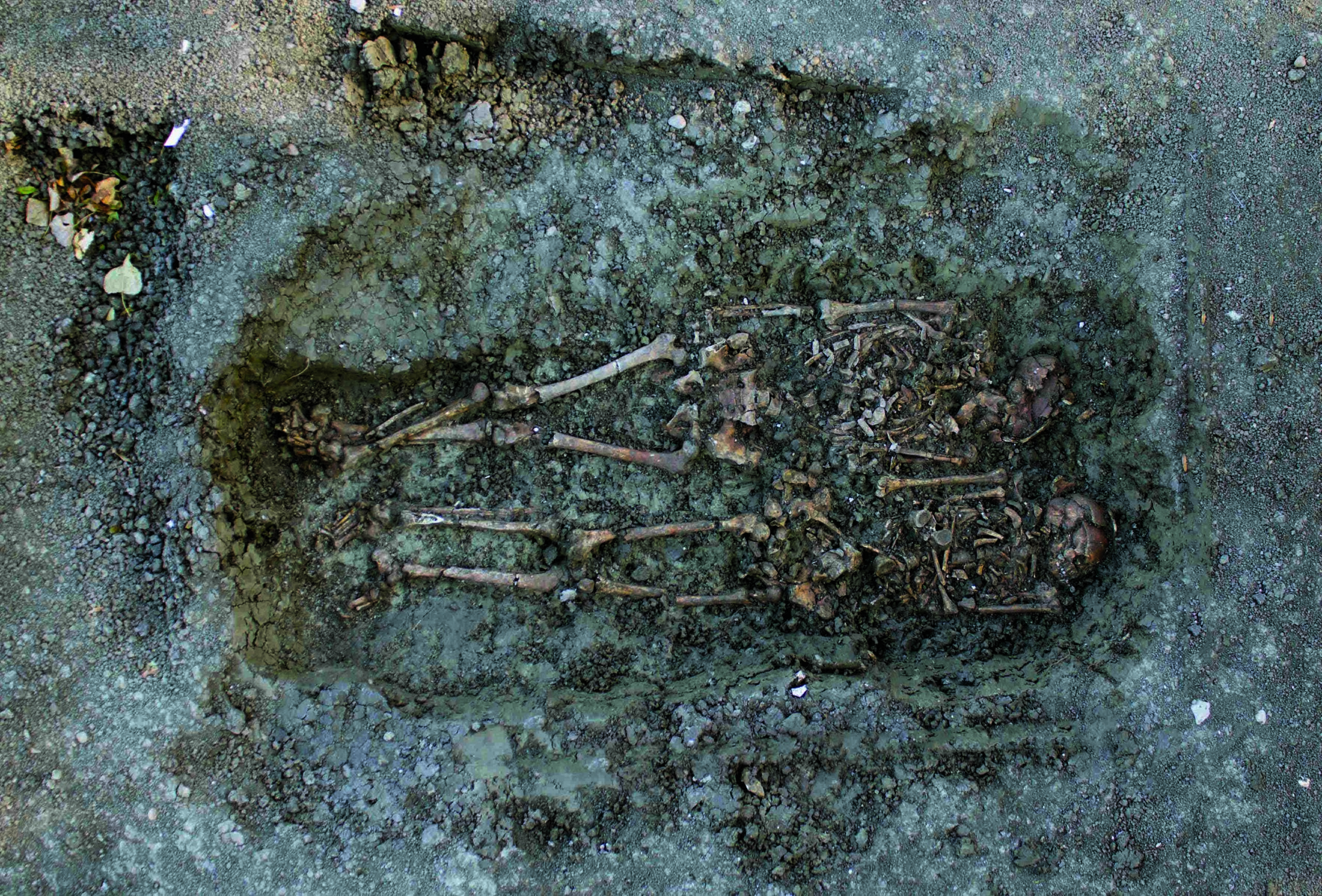
Digs & Discoveries January/February 2023
Farmers and Foragers

Rediscovering Egypt's Golden Dynasty September/October 2022
Who Was Tut’s Mother?

-
Features July/August 2021
Autobiography of a Maya Ambassador
A grand monument and a humble burial chronicle the changing fortunes of a career diplomat
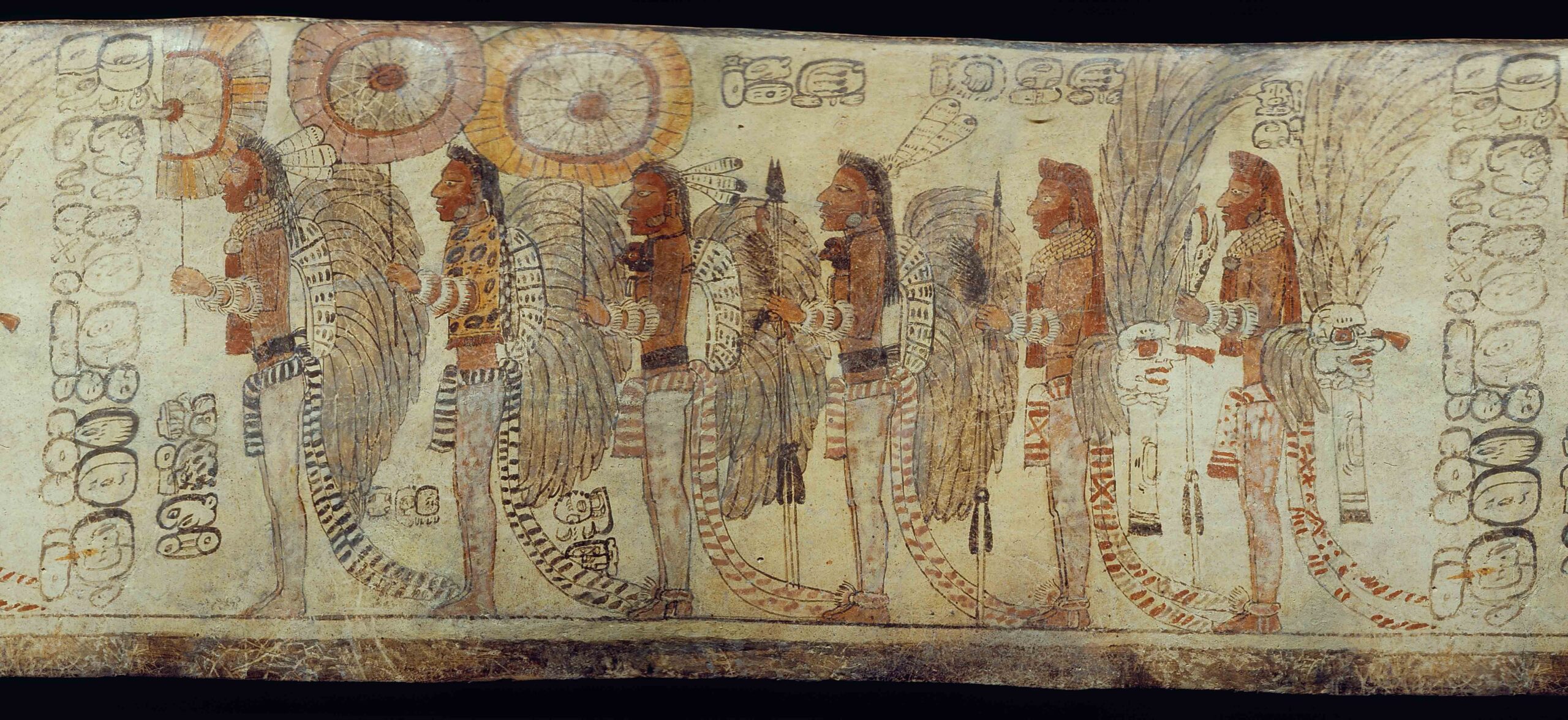 (Justin Kerr, K-5763, Justin Kerr Maya Vase Archive, Dumbarton Oaks, Trustees for Harvard University, Washington, D.C.)
(Justin Kerr, K-5763, Justin Kerr Maya Vase Archive, Dumbarton Oaks, Trustees for Harvard University, Washington, D.C.) -
Letter from Alaska July/August 2021
The Cold Winds of War
A little-known World War II campaign in the Aleutian Islands left behind an undisturbed battlefield strewn with weapons and materiel
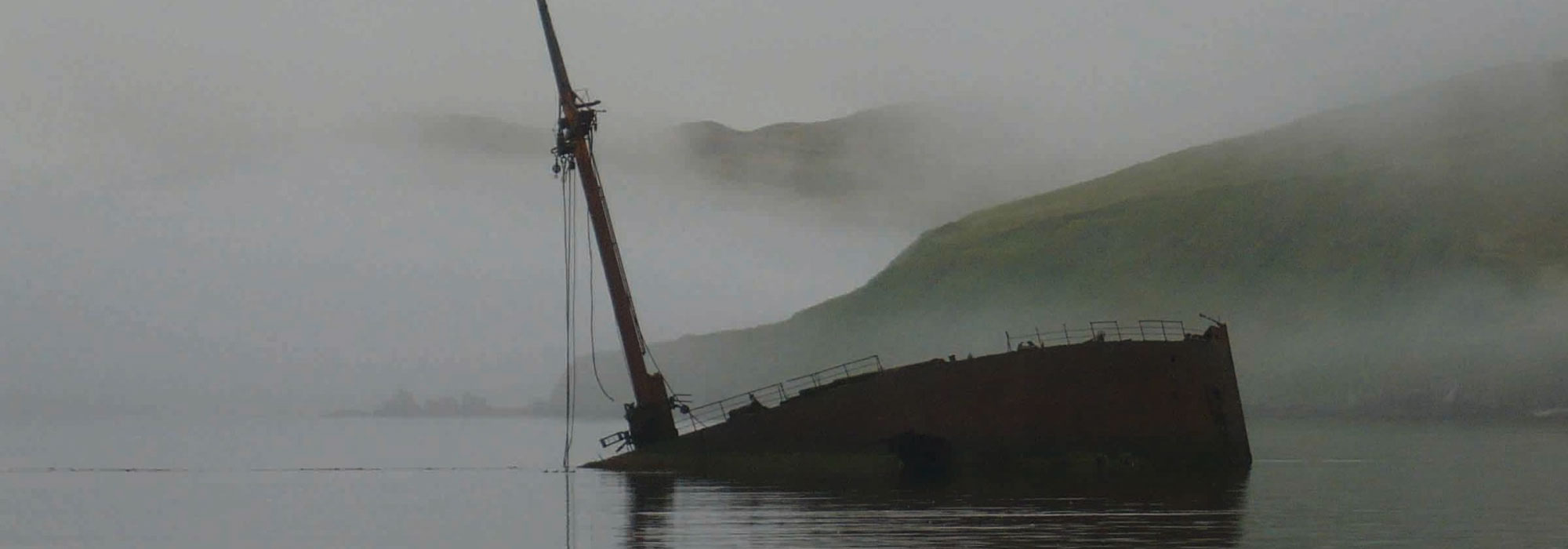 (Brendan Coyle)
(Brendan Coyle) -
Artifacts July/August 2021
Egyptian Copper Tools
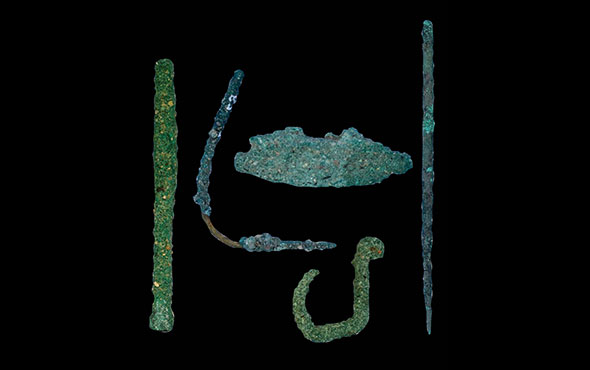 (Courtesy Martin Odler and Jiří Kmošek, Czech Institute of Egyptology, Faculty of Arts, Charles University)
(Courtesy Martin Odler and Jiří Kmošek, Czech Institute of Egyptology, Faculty of Arts, Charles University) -
Digs & Discoveries July/August 2021
A Challenging World
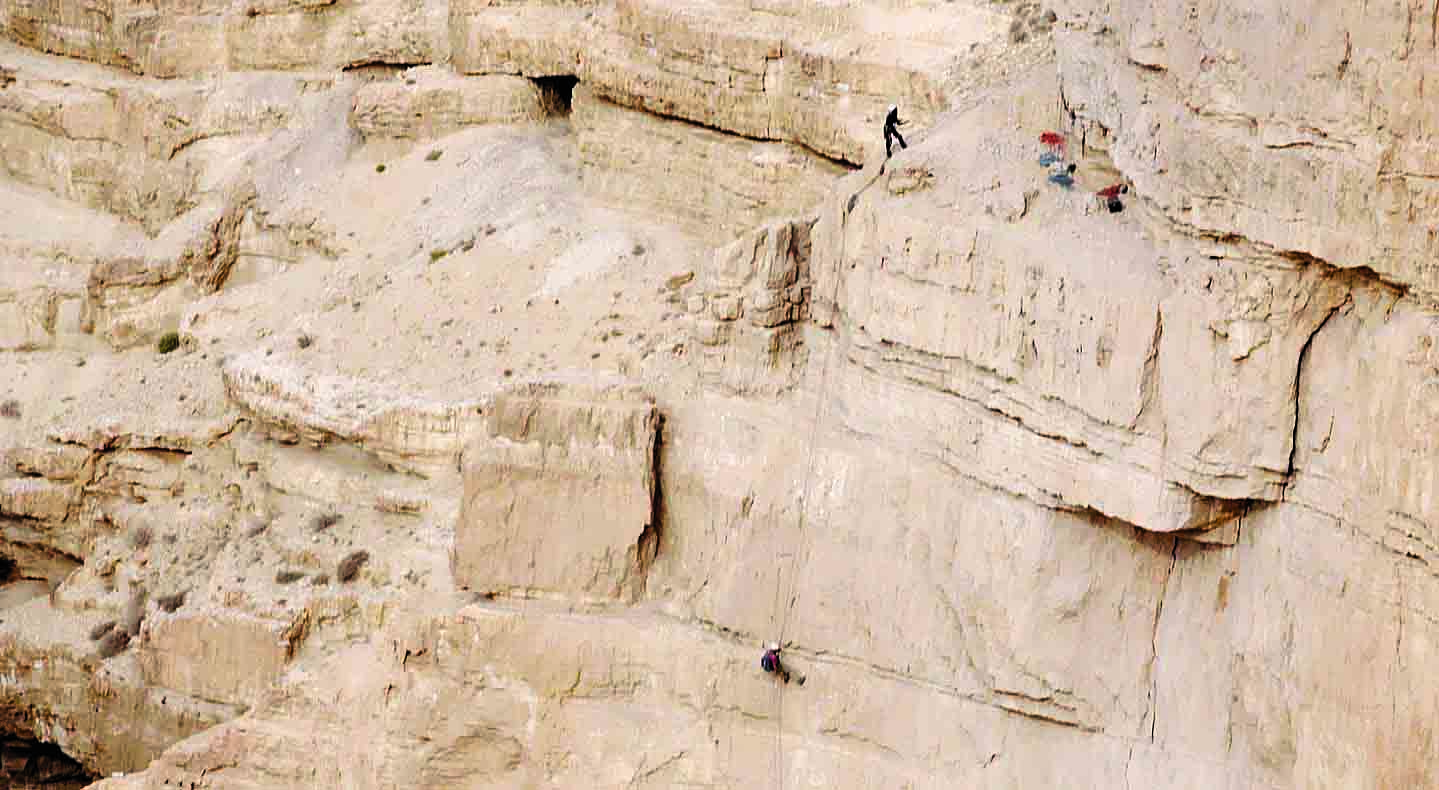 (Courtesy Yoli Schwartz/Israel Antiquities Authority)
(Courtesy Yoli Schwartz/Israel Antiquities Authority)


